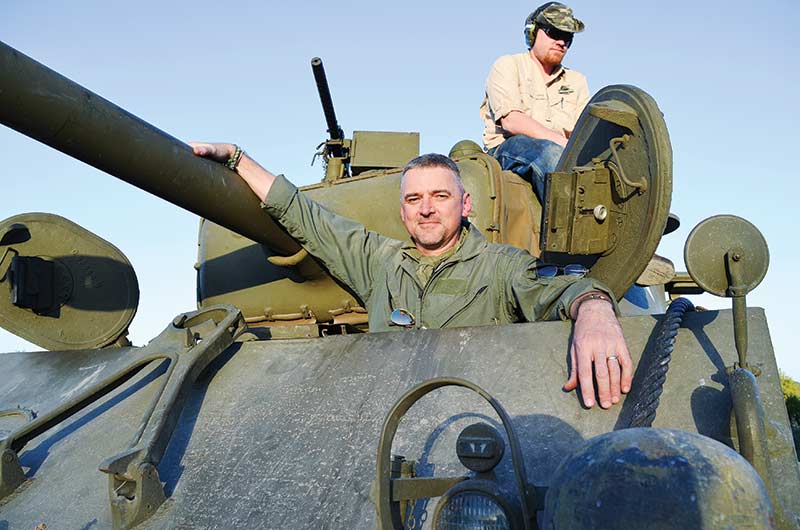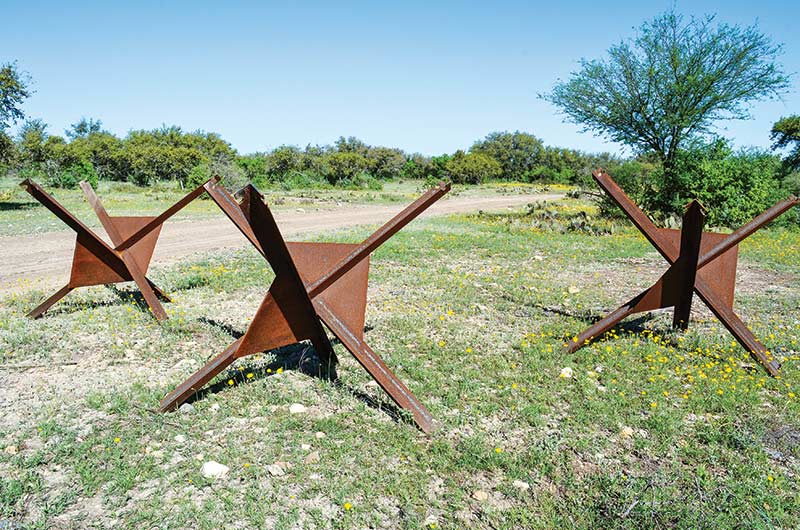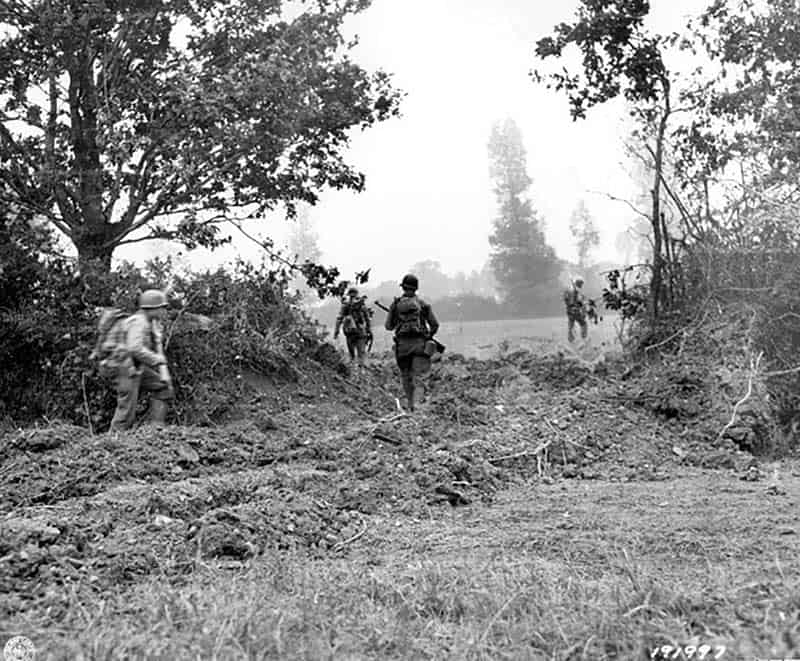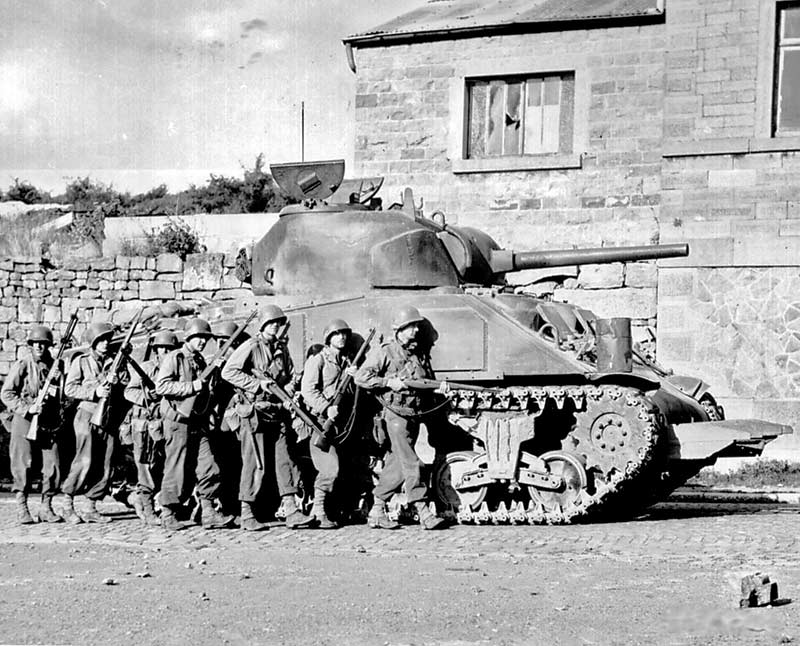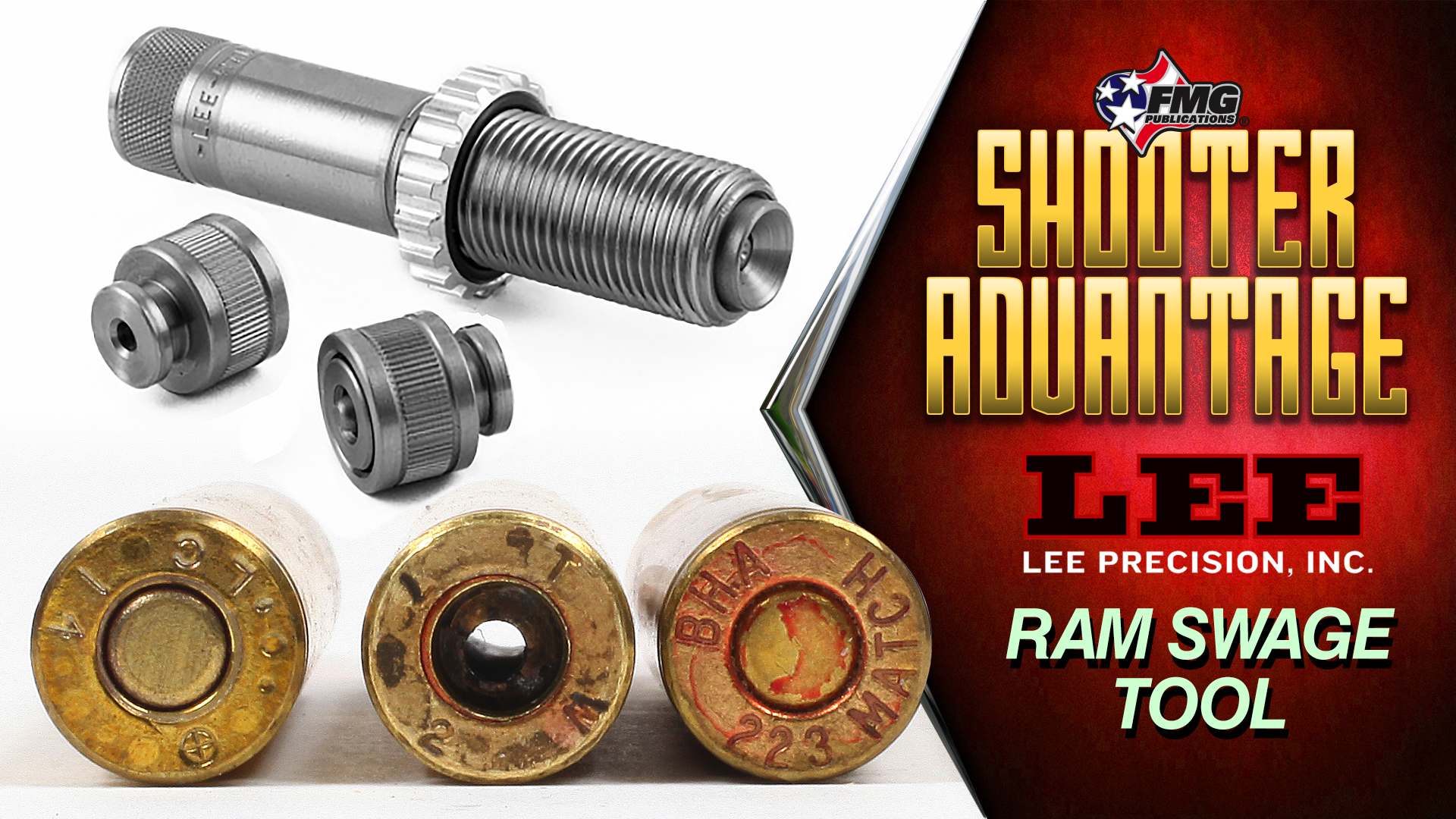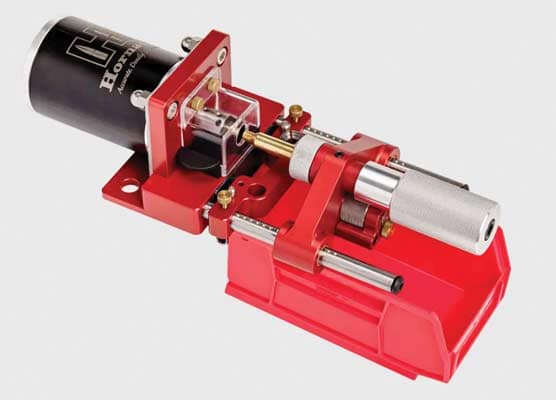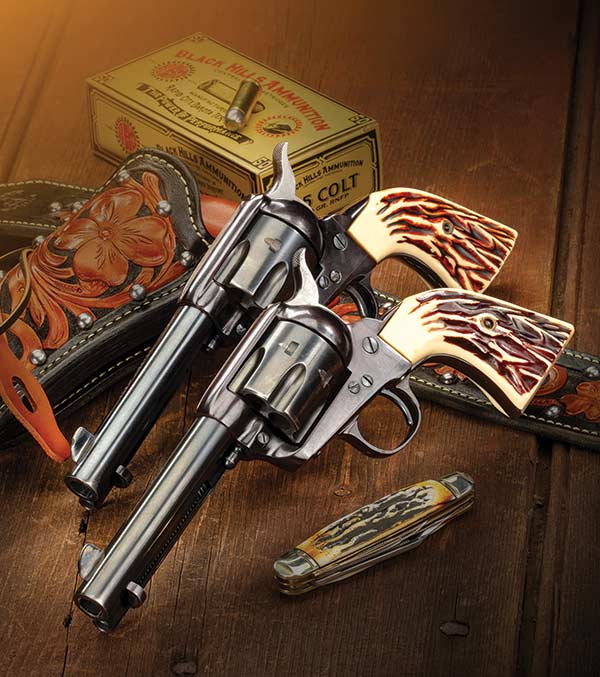Roberts' Redneck Revelation
The Culin Hedgerow Cutter
My wife’s grandfather was part of the Greatest Generation. His name was Eddie Robinson. Eddie dropped out of school in Ninth Grade to keep his family from starving during the Great Depression. Eventually he became a self-described hobo, riding the rails homeless looking for work. In 1940 he enlisted in the U.S. Army because it was a reliable source of food.
Five years later, Eddie left the military as a Master Sergeant with a Combat Infantryman’s Badge having fought in North Africa, Sicily, and all the way up Italy through places like Anzio and Monte Cassino. On the slow boat home, he stripped a Walther P38 he had captured and plated it using a silver dollar and a jeep battery. He sold that gun to an Army dentist who had never come within miles of the front for $400. That would be nearly $7,000 today. Despite a relative dearth of formal education, those old guys could do absolutely anything.
The Problem
Once we achieved a successful lodgment in Normandy, the long slog through the bocage country began. The open tank country around St. Lo to the south beckoned, but first we had to secure the infamous hedgerows. From above, this part of France looked like an enormous waffle. Centuries of small-scale farming had crisscrossed the countryside with earthen berms averaging about 4′ tall that separated one farmer’s field from another. The end result was ideally suited for defense.
Oftentimes the Germans dug their fighting positions directly into the hedgerows. Advancing across this ghastly stuff involved seizing terrain one small field at a time. The Germans became recognized masters of the refined art of the ambush.
Tanks helped, and we had plenty of them. However, as the Shermans and Stuarts climbed over these berms, they invariably exposed their vulnerable bellies to close-range antitank fire from the Panzerfaust and Panzerschreck. Tankers were dying and the going was glacially slow. There had to be a solution.
The Guy
It all began with a bunch of junior enlisted soldiers chatting up the problem. One Tennessee redneck named Roberts suggested, “Why don’t we get some saw teeth and put them on the front of the tank and cut through these hedges?” While the rest of his mates laughed at his silly idea, Sergeant Culin grabbed a pencil.
Curtis Grubb Culin III was born on February 10, 1915, in Cranford, NJ. By D-Day, SGT Culin was already 29 years old and a veritable dinosaur compared to his peers. However, like Eddie Robinson, Curtis Culin had survived the Depression. He knew how to improvise.
Culin’s idea was to harvest steel I-beams from German beach obstacles, cut them to length, angle and sharpen the ends, and then weld the resulting reinforced contraption onto the armored transmission casings of Sherman and Stuart tanks. These beach obstacles stood about 5′ tall and were called Chevaux de Frise or the “Czech Hedgehog.” They littered the invasion beaches and were designed to disembowel Allied landing craft that ran up on them during the amphibious assault. The Germans deployed these things by the thousands, providing innovative GIs with plenty of raw material.
Thusly equipped, these newly christened “Rhino Tanks” could plow through Norman hedgerows without exposing their vulnerable underbellies. The experience was supposedly still fairly unpleasant. Breaching the hedgerows involved getting a running start to build up speed and then slamming violently into the berms. Having logged a little time driving tanks myself, I do suspect that would shake up the crews rather badly. It also likely wasn’t terribly good for the tanks. However, it got U.S. assault forces through the hedgerows suddenly and violently, saving countless lives in the process.
The Legend
Curtis Culin was a humble man. His invention was christened the “Culin Hedgerow Cutter,” and around 500 were deployed. Once word got out as regards the origins of these frankly terrifying-looking devices, SGT Culin found himself inadvertently famous. Culin attempted to give credit to the Tennessean Roberts, but, by then, the damage was done. Curtis Culin had become a bit of a wartime celebrity. He was awarded the Legion of Merit in recognition of his curious invention.
Europe in 1944 was a hard place for anybody in uniform. Curtis Culin later lost a leg to a landmine in the Hurtgen Forest and was medically evacuated. After he recovered, Culin returned home to New York City, married Berniece Enright, and eventually took a job as a liquor salesman for Schenley Industries.
Curtis Culin was a hero descended from a long line of heroes. His namesake, Curtis Grubb, fought as a Colonel against the British during the American Revolutionary War. Curtis Grubb Culin died in 1963 in Greenwich Village at the age of 48, a legendarily great American.
